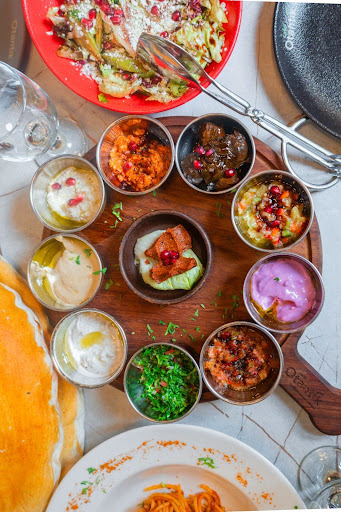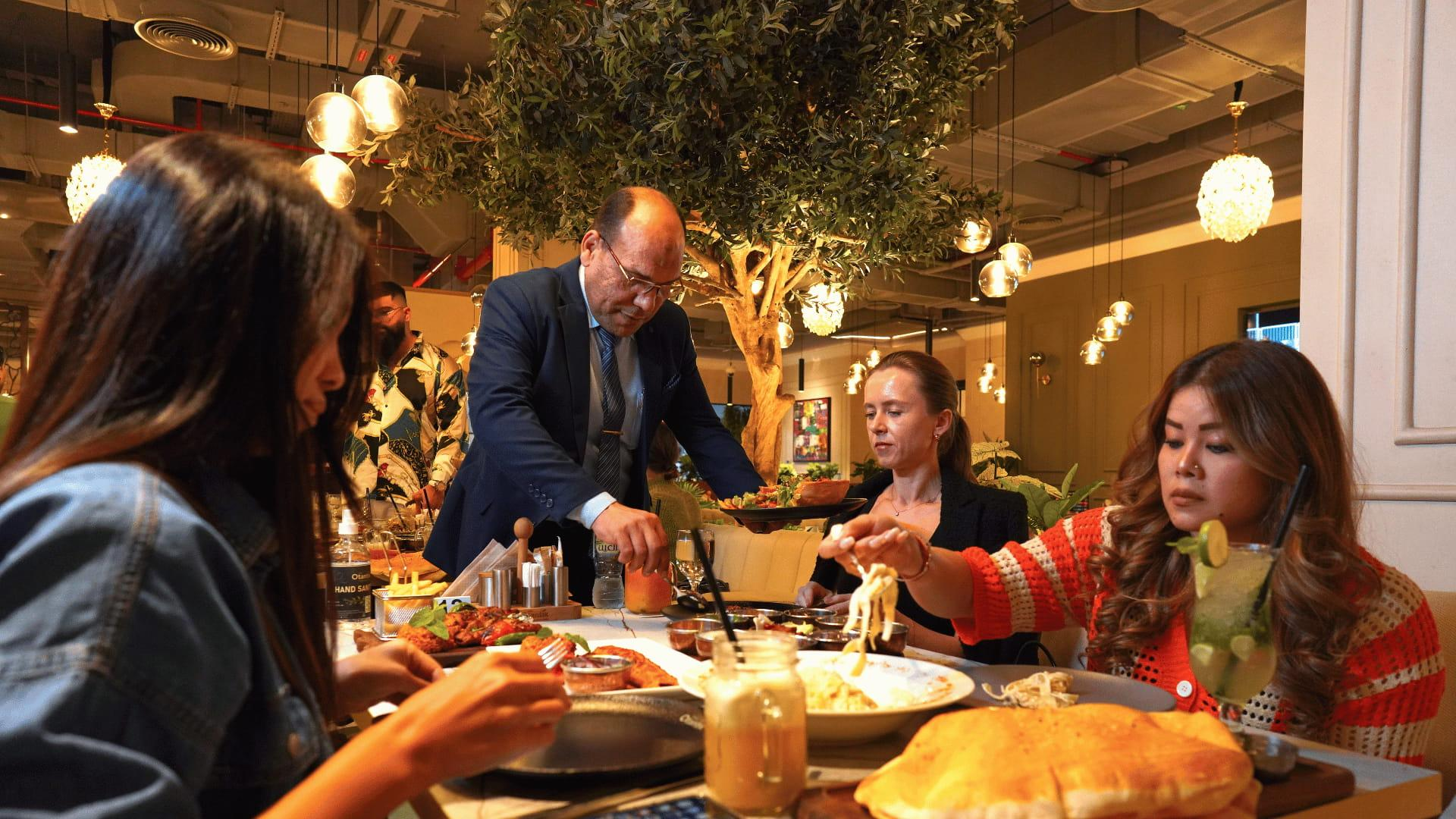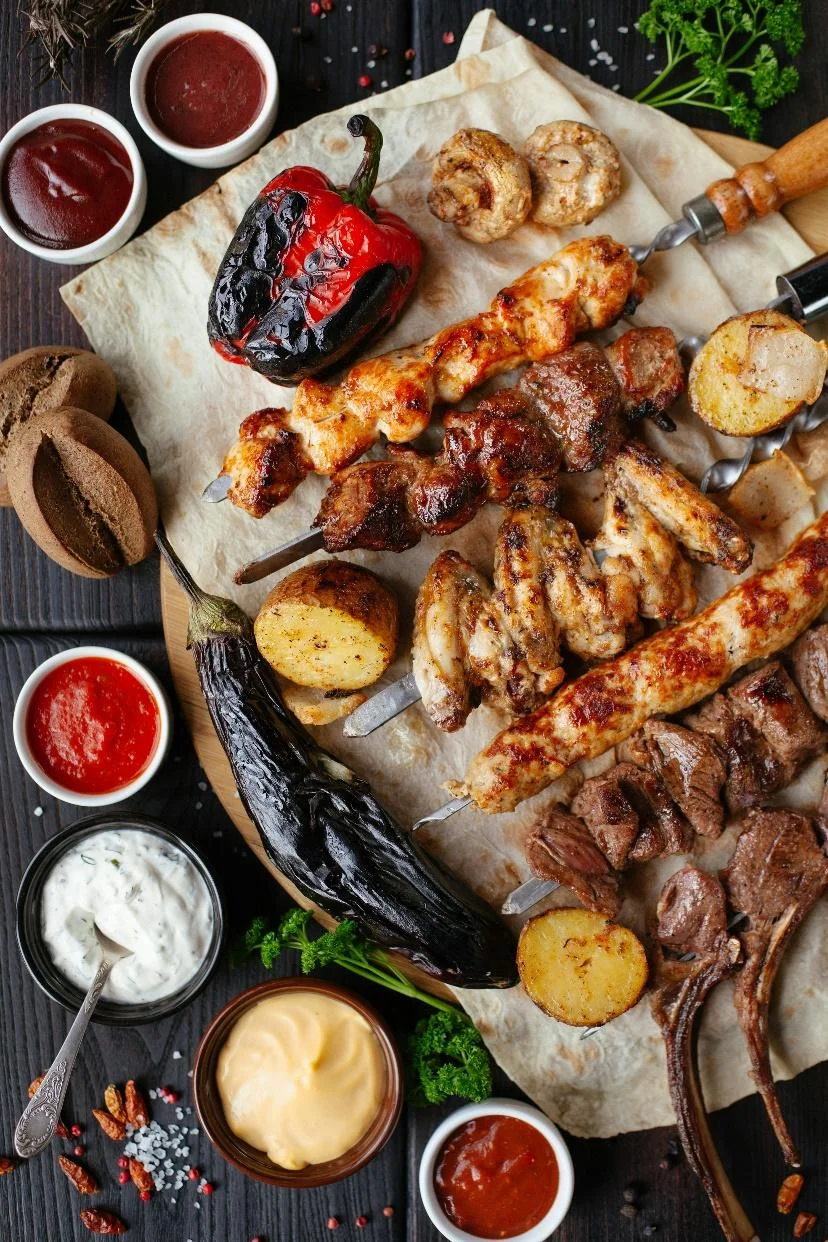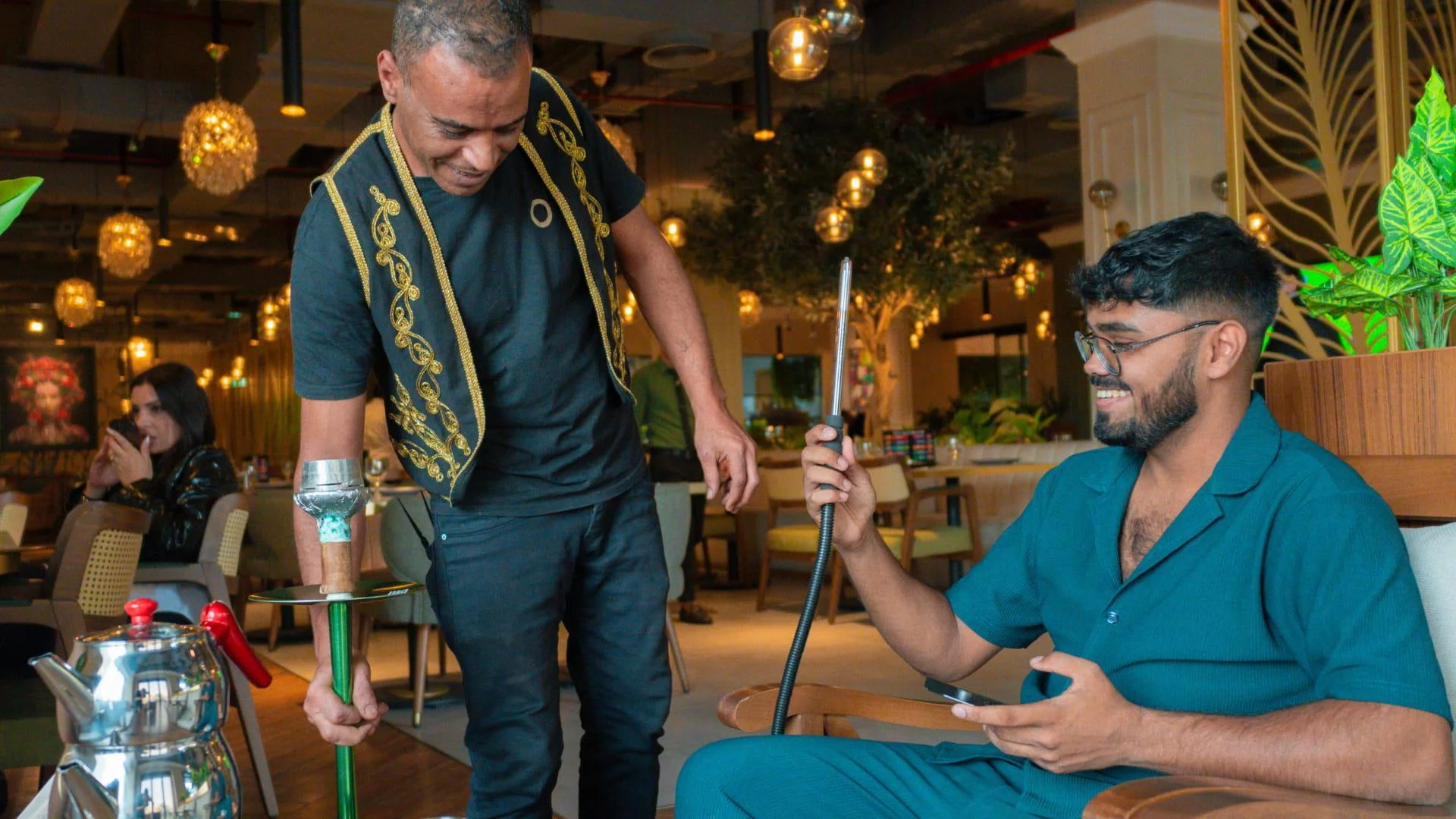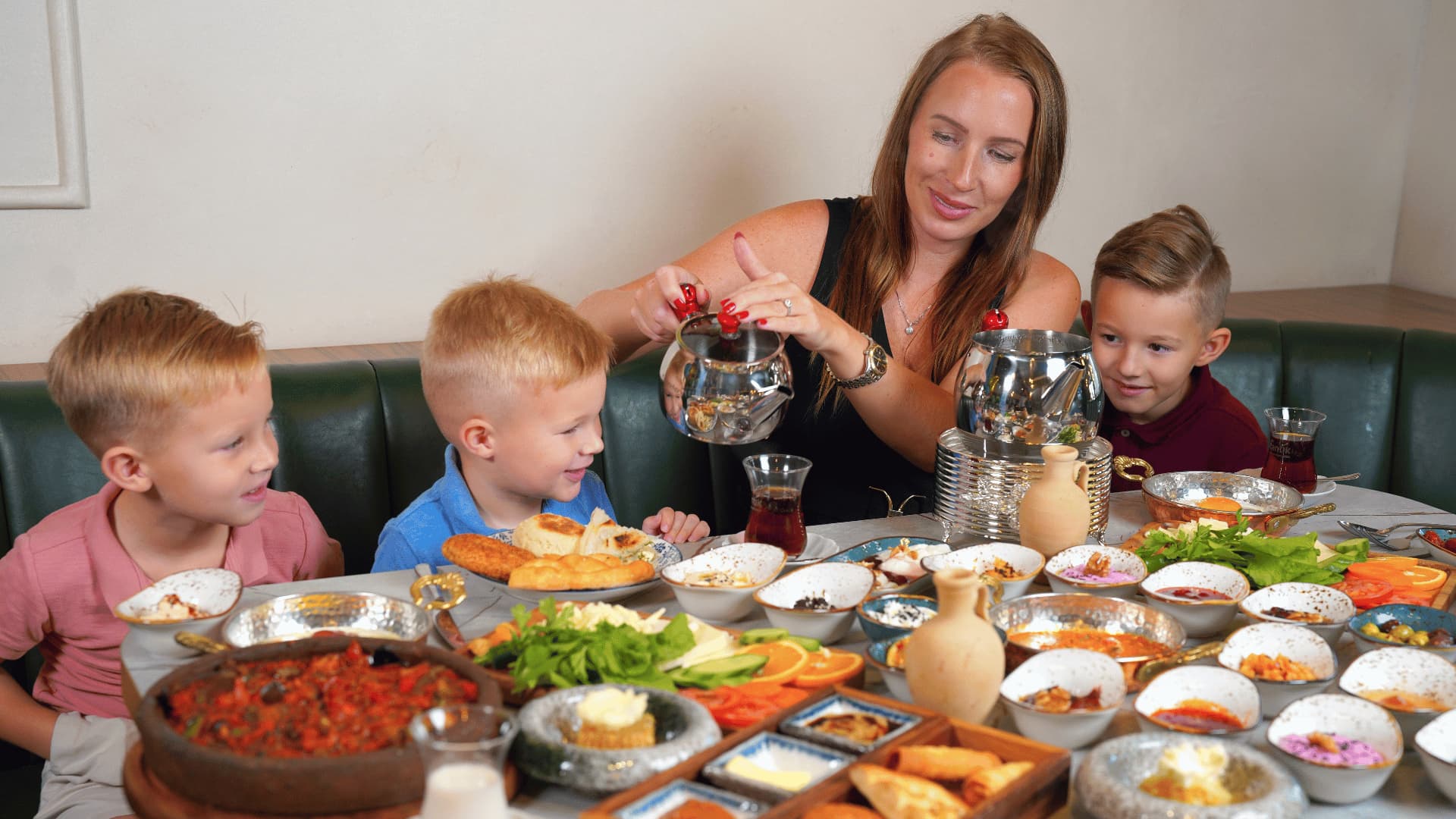Have you ever sat down at a Middle Eastern restaurant and been overwhelmed by the endless parade of small, delicious plates? You are not alone. The world of Arabic mezze — often shared alongside Turkish dishes — is a vibrant and social dining experience, but knowing how to navigate it is the key to unlocking its true magic. This is not just a meal; it is a journey of shared flavors and connection. So, how can you move from being a curious observer to someone who enjoys this feast with the confidence of a local? Let us dive in and discover the art of the Arabic mezze together.
Understanding the Heart of Arabic Mezze
First, it is important to understand what Arabic mezze truly is. It is not merely an appetizer course you find in the West. Think of it as a tapestry of small dishes, a collection of flavors and textures designed for sharing and socializing. The word “mezze” itself comes from the Persian “mazze,” meaning “taste” or “relish,” and that is exactly its purpose: to allow you to taste a little bit of everything. A true mezze spread is a celebration of community. Meals are often long and leisurely, focused on conversation and togetherness. The food arrives at the table not all at once, but in a steady flow, encouraging you to relax, talk, and enjoy the company.
A Tour of Essential Mezze Dishes
A typical spread will include a dazzling array of colors and tastes. While the options are nearly endless, some dishes are absolute classics you will find on almost every table. Let us explore a few of these staples. You will likely encounter creamy dips, fresh salads, and warm, savory bites. Each one plays a unique role in the symphony of flavors. From cool and tangy to warm and spiced, the variety is what makes every bite exciting.
The Cool and Creamy Dips
No Arabic mezze is complete without its family of delicious dips, perfect for scooping up with warm pita bread. Hummus is, of course, the world-famous ambassador. This creamy blend of chickpeas, tahini, lemon, and garlic is a staple for a reason, its smooth, rich flavor is universally loved. Then there is its smoky cousin, baba ghanoush. This dip is made from roasted eggplant that is mashed and mixed with tahini, olive oil, and various seasonings. It has a deeper, more complex flavor than hummus, with a wonderfully smoky finish that keeps you coming back for more.
The Fresh and Zesty Salads
To balance the rich and creamy dips, you will find refreshing salads that brighten the entire meal. The king of these is undoubtedly tabbouleh. This is not a heavy, lettuce-based salad. Authentic tabbouleh is a vibrant parsley-based salad, bursting with freshness. It is finely chopped with mint, tomatoes, onion, and bulgur wheat, all brought together with a sharp dressing of lemon juice and olive oil. It acts as a palate cleanser between bites of richer food. Another fresh favorite is Fattoush, a “bread salad” that includes toasted or fried pieces of pita bread mixed with greens and vegetables, often seasoned with sumac for a tangy kick.
The Warm and Savory Bites
While the cold dishes set the stage, the warm items often become the heart of the meal. Here is where you will find the iconic falafel. These deep-fried balls or patties are made from ground chickpeas or fava beans and herbs. Crispy on the outside and fluffy on the inside, they are a protein-packed delight. They are perfect on their own or tucked into a piece of pita with some hummus and salad. Other warm treats include savory pastries like fatayer, which are little dough parcels stuffed with spinach, cheese, or meat, and sambousek, fried pastries filled with spiced meat or cheese.
Building Your Perfect Mezze Platter
Whether you are at a restaurant or creating your own feast at home, building a balanced mezze platter is an art. The goal is to achieve a harmony of textures and flavors. A good rule is to include something creamy, something fresh, something warm, and something tangy. Start with a base of hummus and baba ghanoush. Then, add a bowl of tabbouleh for freshness. Include a few warm items like falafel for substance. Do not forget the essentials: a basket of fresh, warm pita bread for scooping and dipping, and a plate of olives and pickles to provide a sharp, briny contrast to cut through the richness of the other dishes.
The Social Rules of the Mezze Table
Enjoying mezze like a local is as much about the ritual as it is about the food. Do not be shy. Mezze is meant to be shared, so plates are passed around, and everyone digs in. Use your piece of pita bread as a utensil to scoop up dips and salads. It is perfectly acceptable to eat with your hands. Take your time. This is not a rushed meal. Savor each bite, enjoy the conversation, and let the courses flow naturally. Do not be afraid to try a little bit of everything, even if it is your first time seeing it. The experience is all about discovery.
Finding an Authentic Mezze Experience
For those in Dubai seeking an authentic taste of this tradition, look for restaurants that specialize in Levantine or Middle Eastern cuisine. The best way to order is to ask for a mixed mezze platter. This allows the kitchen to bring you a curated selection of its best and freshest dishes. A great mezze platter in Dubai will often feature all the classics we have discussed, giving you a true tour of the region’s flavors in one sitting.
Conclusion:
Embracing the Arabic mezze tradition is about more than just eating; it is about connecting with a culture that values generosity, sharing, and the simple joy of good food. From the first scoop of hummus to the last piece of warm falafel, it is a dining experience that engages all the senses. If this guide has inspired you to try these flavors for yourself, why not start at a place that prides itself on authenticity? For a taste of genuine Turkish and Middle Eastern hospitality in Dubai, visit Otantik. We invite you to gather your friends, share a platter, and create your own memories. Follow us on Instagram @otantikae to see our daily specials, and to book your table, call 056 9952899.
Frequently Asked Questions
What is the difference between mezze and tapas?
While both are styles of small shared plates, mezze originates from the Middle East and often features a set array of dips, salads, and grilled items. Tapas comes from Spain and can include a wider variety of hot and cold dishes, from simple olives to more complex cooked preparations, reflecting its own unique culinary traditions.
Is Arabic mezze considered a healthy meal option?
Yes, a traditional Arabic mezze can be a very healthy choice. It often centers on vegetables, legumes, and healthy fats from olive oil and tahini. The combination of fiber-rich hummus, fresh salads like tabbouleh, and lean proteins like grilled kebabs provides a balanced and nutritious meal.
Are there any common allergens I should be aware of in a mezze spread?
Yes, several common allergens are present in mezze. Sesame, in the form of tahini, is in hummus and baba ghanoush. Gluten is found in the bulgur wheat in tabbouleh and the pita bread. Many dishes also contain garlic and nuts, so it is always best to ask the staff.
How many mezze dishes should I typically order per person?
A good rule is to order three to four dishes per person, depending on your appetite. Since the dishes are shared, this allows for a good variety without excessive waste. You can always start with a few and order more as you go, following the leisurely spirit of the meal.
What is the proper way to eat mezze if no utensils are provided?
The proper way is to use the pita bread as your utensil. Tear off a small piece of pita bread and use it to scoop up dips, salads, and even some of the softer warm items. It is completely customary and encouraged to eat this way.

